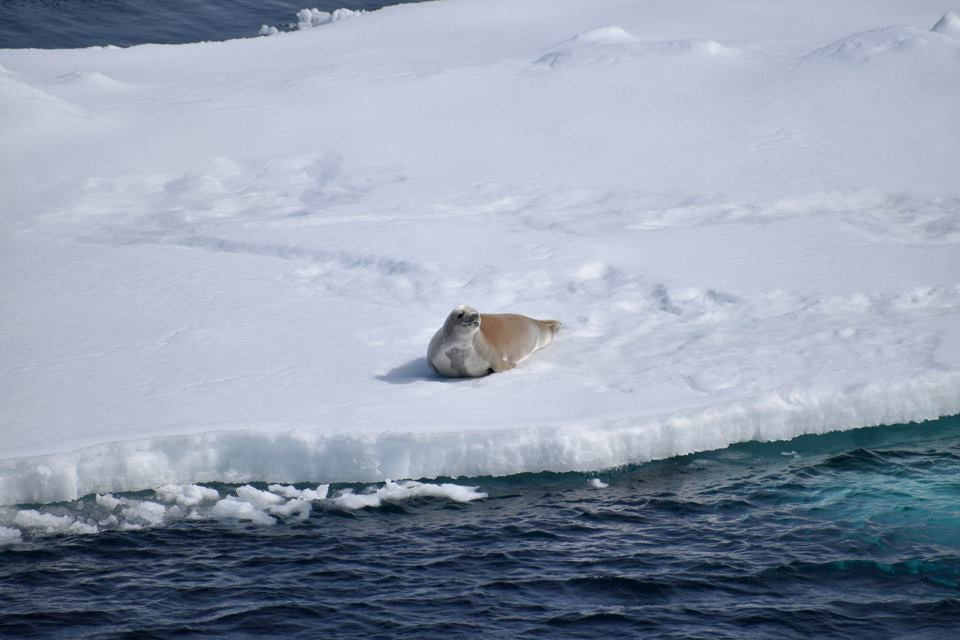Polar Star Begins the Annual McMurdo Station Breakout
Antarctica. It’s an ice desert full of wonder, mystique and beauty. Its harsh conditions are home to a select few animal species and a few hundred researchers and support personnel, and occasionally, the 150 crewmembers of the Coast Guard Cutter Polar Star.
The Seattle-based Polar Star left home in December 2017 en route to Antarctica in support of Operation Deep Freeze 2018, the U.S. military’s contribution to the National Science Foundation (NSF)-managed U.S. Antarctic Program.
As the only operational heavy icebreaker in the entire United States’ fleet, it is the Polar Star’s job to clear a path through frozen waters for supply ships headed to Antarctica’s logistics hub, McMurdo Station. It’s those Antarctic summertime supply deliveries that allow the station to stay operational year-round, including during the dark and tumultuous winter.
McMurdo, one of three Antarctic stations operated year-round by NSF, is home to the largest laboratory in Antarctica, the Albert P. Crary Science and Engineering Center. McMurdo also serves as a staging area for teams headed to Earth’s geographic south pole, which is home to the Amundsen-Scott South Pole Station, and deep-field research camps.
Nearly 1,000 people call McMurdo their summer home during the southern hemisphere’s warmer months. The work done there is the result of the 1959 Antarctic Treaty System, which laid the groundwork for international and interagency cooperation for science and discovery. For nearly 60 years, the Treaty has set aside national territorial claims and designated Antarctica as a sanctuary for ecological conservation and scientific research.

A seal watches as the Polar Star steams through thick ice floes near Antarctica, Jan. 8, 2018 (USCG)
“It takes a lot of hard work by the crew and the Coast Guard support community to maintain the cutter and get it ready for the next Deep Freeze,” said Polar Star’s Commanding Officer Capt. Michael Davanzo.
The Polar Star is scheduled for its annual drydock availability upon returning back to the United States, meaning the ship comes completely out of the water in order to effect necessary repairs. Confronting such extreme conditions takes a toll on the 41-year-old Polar Star, which is the only Coast Guard cutter to go into drydock every year.
“The raw, desolate beauty of Antarctica is inspiring,” said Davanzo. “A lot of us chose this assignment as an opportunity to experience the world’s most isolated continent. I certainly enjoy the challenge of ice breaking in this harsh environment and it’s something I’ll always cherish.”
This article appears courtesy of Coast Guard Compass and may be found in its original form here.
The opinions expressed herein are the author's and not necessarily those of The Maritime Executive.

